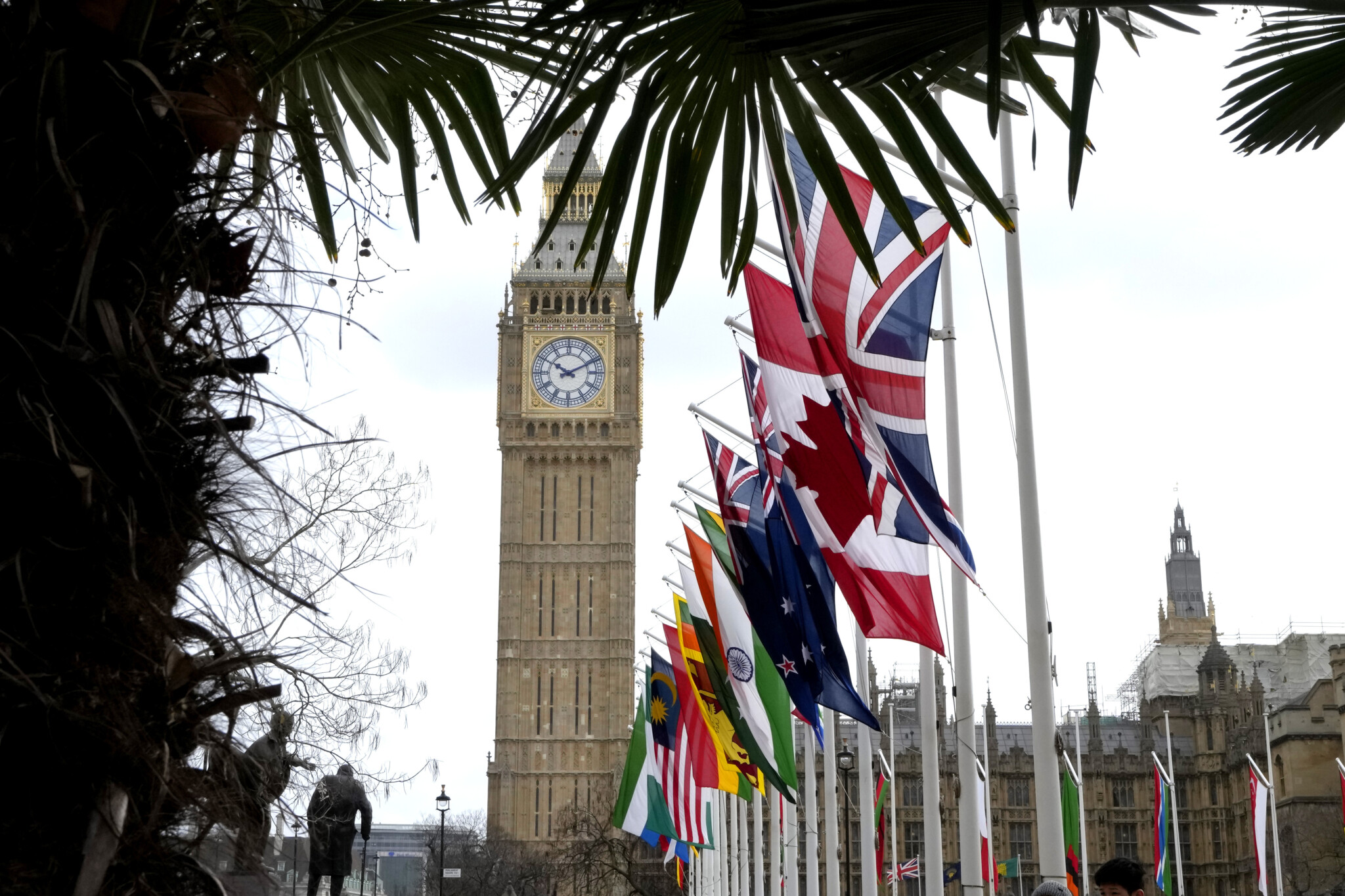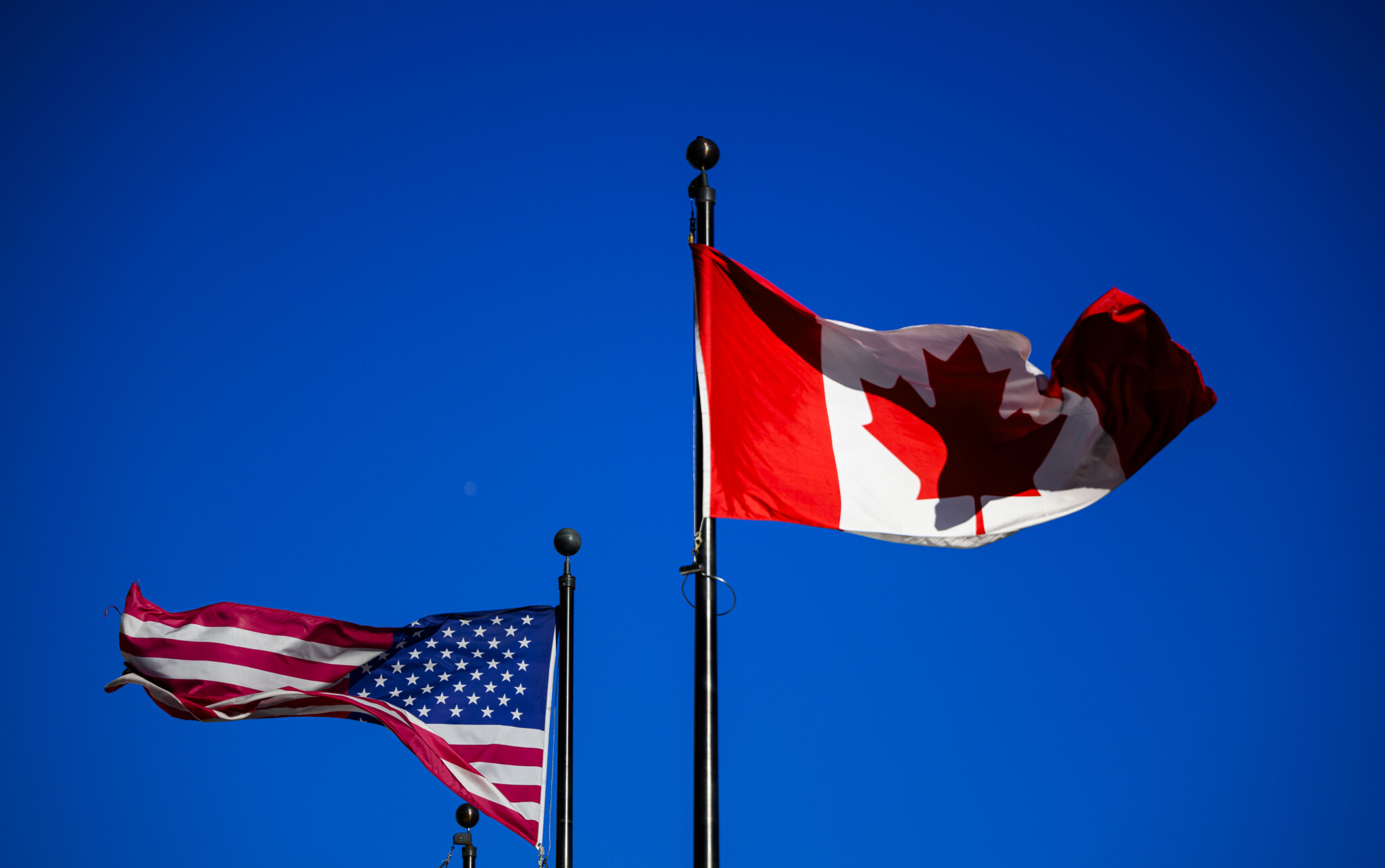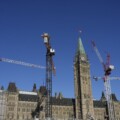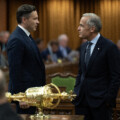Canada is facing significant tariffs from a Republican administration in Washington and citizens and policymakers are increasingly discussing options to shift Canadian exports and reduce our dependence on the American market. Although there are a lot of unknowns, history does provide some lessons.
Travel back to the summer of 1930, when that president was Herbert Hoover, and the means of enactment was not an executive order, but the signing of the Tariff Act of 1930—more popularly known by the names of its co-sponsors, Utah Senator Reed Smoot and Congressman Willis Hawley of Oregon. It raised tariffs on trade partners by an average of 19 percent, affecting over 20,000 imported goods.
Like the Trudeau government, the Tories under R.B. Bennett were faced with immediate, and difficult, circumstances. As with today, the U.S. was our largest trade partner and export market. These measures were going to hit Canada harder than anyone else.
Yet, in some ways, the average Canadian weathered the Great Depression better than their American counterpart. Consider that while the peak of unemployment for both countries was in 1933, Canada’s peak was nearly six points lower than that of the U.S. (19.3 percent compared to 24.9 percent).
One reason for the discrepancy was in the reaction to Smoot-Hawley, which was a combination of retaliatory tariffs against the U.S. and the pursuit of other markets and opportunities.
In particular, Canada pursued renewed economic and trading relationships with members of the Commonwealth. In 1932, Bennett invited Commonwealth leaders to Ottawa for an economic conference. From late July to mid-August, Bennett played host to delegations from Australia, Britain, India, Ireland, Newfoundland, New Zealand, South Africa, and Southern Rhodesia. The result of the conference was a full abandonment of a return to the gold standard, a commitment to a high tariff regime with those outside of the Commonwealth, and a series of bilateral trade agreements to lower tariffs among member economies were concluded, with a duration of five years. Canada itself was a signatory to half of the treaties.
The combination of American tariffs and strengthened ties with Britain and other Commonwealth countries produced a shift in Canadian exports. According to Statistics Canada, between 1929 and 1939 the percentage distribution of Canadian exports to the U.S. dropped by 11.45 percent, as well as in Europe (-38.52 percent), Latin America (-25.0 percent), and the rest of the non-imperial world (-32.76 percent). In contrast, over the same period, Canadian exports to the U.K. increased by 32.05 percent and to Ireland and the Commonwealth by 26.31 percent.
To be clear, Empire preference did not replace the U.S. export market for Canada, nor did it negate the ill effects of the Great Depression—but it helped soften the blow. Without it, Canada would have suffered more job losses, more bankruptcies, and more social dislocation.
Smoot-Hawley, in the end, inflicted more damage on the U.S. than many of the jurisdictions it targeted, cutting American imports and exports by an estimated 67 percent, and ending the political careers of President Hoover, Senator Smoot, and Congressman Hawley within three years. Under Franklin Roosevelt, the new Congress would pass the Reciprocal Trade Agreements Act of 1934, giving the president power to negotiate bilateral trade deals that needed only a simple majority to pass, rather than the customary two-thirds needed for a treaty.

Flags of the Commonwealth countries fly near the Elizabeth Tower with the Big Ben clock in Parliament Square in London, Monday, March 13, 2023. Kirsty Wigglesworth/AP Photo.
That same year, Canada and the U.S. would negotiate the North Atlantic Free Trade Agreement, which gave Canada “most-favoured nation” status as it related to raw resource exports to the U.S. While the government of R.B. Bennett negotiated the agreement, it would be Mackenzie King who would sign the treaty after the 1935 election. Whether or not Roosevelt delayed the agreement’s ratification until Bennett was out of power as payback for Empire preference remains a topic for debate.
So what are the lessons for today?
The bad news is that Canada’s vulnerability to the potential tariffs being proposed is high and the impact will be significantly felt. If it comes, it will hurt. The good news is that in the medium to long term, it will become clear to decision-makers in the U.S. that a trade war on so many fronts will inflict a great deal of collateral damage on their own economy and citizens. Americans will lose their jobs as their employers lose international customers.
Moreover, countries seeking more predictability and stability will adjust their behaviours. This means accelerating geopolitical changes that are currently happening and leading to new and unanticipated ones—ones that Washington may not necessarily like. To be certain, the trading regime under the WTO is not comparable to the pre-Bretton Woods environment, but Canada’s greater exposure to the U.S. market is a countervailing factor.
Canada’s best recourse in this unsettled environment is a variation of the Bennett strategy—the willingness to engage openly and constructively with Washington to lower or eliminate trade barriers, while at the same time actively working on alternative networks as a means of risk mitigation.
This means engaging with the Americans on non-trade irritants, such as border security and issues related to fentanyl and the opioid trade, not to mention Canada’s level of commitment to defence and security. At the same time, it means making a sincere effort to expand and grow trade alternatives, such as taking the lead on a comprehensive agreement among the four CANZUK nations: Canada, Australia, New Zealand, and the U.K.
This is not to suggest that CANZUK would replace Canada’s trade with the U.S., dollar for dollar. Despite what critics of CANZUK allege, no proponent has ever made such a wildly impractical boast. But even a partial indemnification against losses in a tariff war should be worthy of consideration. When the health and well-being of the Canadian economy—and Canadian jobs—are on the line, there is a moral responsibility to not let the perfect be the enemy of the good.
The pursuit of a dual-track strategy is not without its challenges, and it will not offer complete and unlimited protection. But in the absence of any credible alternatives on offer, and with the experience of past events, it presents itself as the one “shovel-ready” stratagem that Ottawa can employ.
If the Bretton Woods consensus that has defined global trade for the past eight decades is under threat, then we need to revisit how we navigated the world before it.









